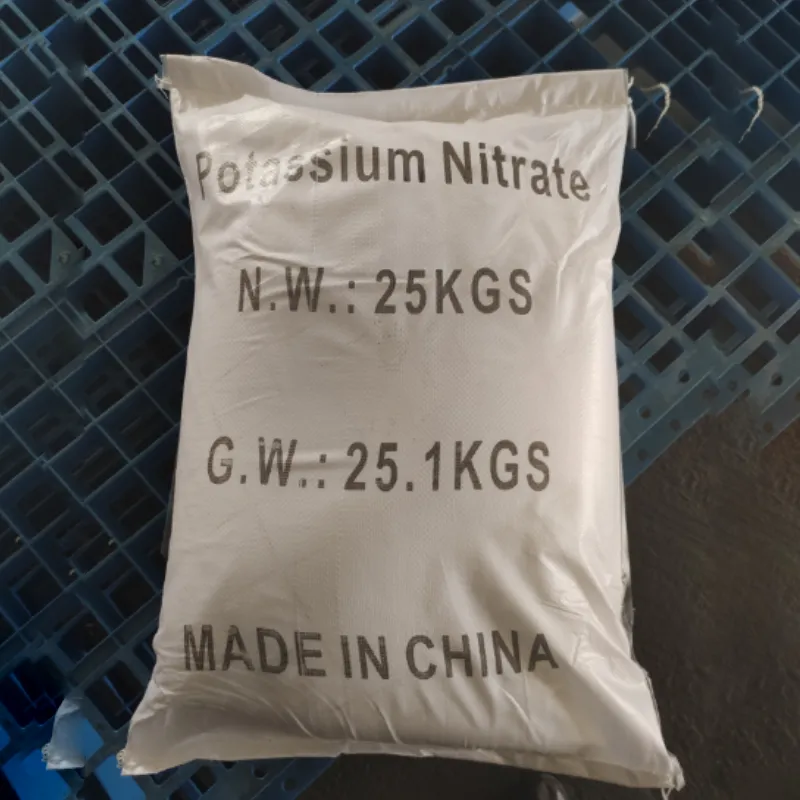
formic acid use
The Versatile Uses of Formic Acid in Modern Applications
Formic acid, with the chemical formula HCOOH, is the simplest carboxylic acid and has a wide range of applications across various industries. This colorless liquid, known for its pungent odor, is naturally found in the venom of ants and the stings of some wasps, which is how it gets its name. Despite its origins, formic acid has made significant strides in industrial use, biotechnology, agriculture, and even the food industry. This article explores the diverse applications of formic acid and its significance in contemporary society.
1. Industrial Applications
One of the primary uses of formic acid is in the textile and leather industries. It acts as a reducing agent in the production of dyes and is used to tan leather, enhancing the durability and quality of leather products. The presence of formic acid helps in the metabolism of proteins, making the tanning process more efficient and environmentally friendly.
Formic acid is also utilized in the rubber industry, mainly as a coagulant in latex processing. Its ability to lower the pH of latex facilitates the coagulation process, enabling the manufacture of high-quality rubber products. Moreover, in the metal industry, it serves as a key agent for de-scaling and cleaning metals, ensuring that surfaces are free of contaminants before further processing.
In agriculture, formic acid has gained attention as a crucial component in feed preservation and silage production. It effectively inhibits the growth of undesired microorganisms, thus enhancing the shelf life of animal feed. Additionally, it helps in maintaining nutritional quality, which is vital for livestock health and productivity.
Beyond just preservation, formic acid is also utilized as a natural pesticide. Its broad-spectrum antimicrobial properties make it effective against various pests and diseases, reducing the need for synthetic chemicals. This not only benefits farmers by lowering costs but also supports sustainable agricultural practices by minimizing environmental impact.
formic acid use

3. Biotechnology and Pharmaceutical Applications
Formic acid’s role in biotechnology is equally noteworthy. It is employed in various biochemical processes, including as a solvent in the extraction of certain compounds and in the production of biodiesel. Its ability to act as a reducing agent facilitates reactions that are essential for producing biofuels from biomass, a key area in the shift towards renewable energy sources.
In pharmaceuticals, formic acid is useful in the synthesis of several biologically active compounds. Its unique chemical properties make it an essential agent in the preparation of drugs and can aid in developing new therapeutic agents. Furthermore, it serves as a reagent in laboratory settings, allowing researchers to conduct various chemical reactions efficiently.
4. Formic Acid in the Food Industry
Beyond industrial and agricultural applications, formic acid also plays a role in the food industry. It is used as a preservative and a flavoring agent in various food products. Its natural occurrence in many fruits and vegetables makes it a safe option for consumers, while its antimicrobial properties help extend the shelf life of food products.
Additionally, formic acid can moderate the acidity in certain foods and beverages, enhancing their flavor profiles. Its inclusion in foods is regulated by health authorities, ensuring that it is used safely and effectively without adverse effects on health.
Conclusion
Formic acid has proven to be a versatile chemical with numerous applications across different sectors. Its industrial, agricultural, biotechnological, and food-related uses highlight its importance in modern society. As industries continue to explore more sustainable and efficient processes, the role of formic acid is likely to expand, further cementing its status as a crucial chemical in the 21st century. Embracing the benefits of formic acid can not only enhance productivity but also promote environmentally friendly practices, ensuring a balance between industrial growth and ecological responsibility.
-
Pure Sodium Dichloroisocyanurate Dihydrate | Powerful DisinfectantNewsAug.29,2025
-
Industrial Chemicals: Quality & Purity for Every IndustryNewsAug.28,2025
-
Nitrile Rubber Honoring Strict Production StandardsNewsAug.22,2025
-
Aspartame Ingredients Honoring Food Safety ValuesNewsAug.22,2025
-
Fertilizer for Balanced Plant NutritionNewsAug.22,2025
-
Cyanide Gold Processing with High Purity AdditivesNewsAug.22,2025
-
Formic Acid in Textile Dyeing ApplicationsNewsAug.22,2025
Hebei Tenger Chemical Technology Co., Ltd. focuses on the chemical industry and is committed to the export service of chemical raw materials.
-

view more DiethanolisopropanolamineIn the ever-growing field of chemical solutions, diethanolisopropanolamine (DEIPA) stands out as a versatile and important compound. Due to its unique chemical structure and properties, DEIPA is of interest to various industries including construction, personal care, and agriculture. -

view more TriisopropanolamineTriisopropanolamine (TIPA) alkanol amine substance, is a kind of alcohol amine compound with amino and alcohol hydroxyl, and because of its molecules contains both amino and hydroxyl. -

view more Tetramethyl Thiuram DisulfideTetramethyl thiuram disulfide, also known as TMTD, is a white to light-yellow powder with a distinct sulfur-like odor. It is soluble in organic solvents such as benzene, acetone, and ethyl acetate, making it highly versatile for use in different formulations. TMTD is known for its excellent vulcanization acceleration properties, which makes it a key ingredient in the production of rubber products. Additionally, it acts as an effective fungicide and bactericide, making it valuable in agricultural applications. Its high purity and stability ensure consistent performance, making it a preferred choice for manufacturers across various industries.





